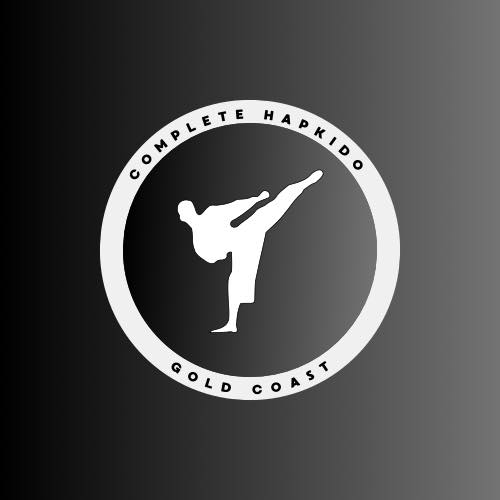HAPKIDO AS A STYLE
Hapkido is a Korean martial art known for its dynamic and comprehensive self-defense techniques, blending joint locks, throws, kicks, and strikes. Its origins trace back to the mid-20th century and are often linked to
Choi Yong-Sool, who is widely credited as the founder of Hapkido. Choi's martial journey began when he was taken to Japan during the Japanese occupation of Korea. There, he reportedly studied
Daitō-ryū Aiki-jūjutsu
under Sokaku Takeda, a prominent Japanese martial arts master. Upon returning to Korea around 1945, Choi began teaching a system influenced heavily by Daitō-ryū, blended with native Korean kicking techniques and Chinese martial elements.
Choi’s teachings evolved as his students began incorporating additional techniques, creating their own interpretations and schools. One of his prominent students,
Ji Han-Jae, played a crucial role in formalizing and expanding the art, introducing spiritual and philosophical elements and more advanced kicking techniques, which were influenced by traditional Korean arts like Taekkyeon. Ji Han-Jae is often associated with coining the term "Hapkido," which means "The Way of Coordinated Power" or "The Way of Harmony with Energy."
Over the decades, Hapkido diversified, leading to the formation of various schools and organizations. Despite these variations, the core philosophy remains rooted in using an opponent’s energy against them, emphasizing fluid motion, redirection, and the balance of soft and hard techniques.
While different schools may emphasize slightly different values, the following six tenets are widely accepted as foundational principles in Hapkido:
Non-Resistance (Hwa, 화) – Yielding to an opponent's force instead of opposing it head-on; harmonizing with the attack.
Circular Motion (Won, 원) – Using circular movements to redirect force, create momentum, and generate power.
The Water Principle (Yu, 유) – Adapting fluidly to situations, like water changing form to fit its container.
Balance – Maintaining one’s own balance while disrupting the opponent's; essential for effective technique execution.
Control – Mastery over one’s own body and mind, as well as over the opponent through precise technique.
Efficiency of Motion – Using minimal energy for maximum effect; relying on technique and timing rather than brute strength.

